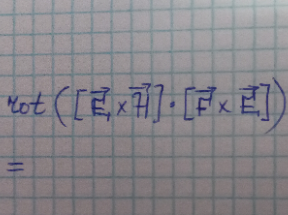
AllQuestion and Answers: Page 1213
Question Number 95121 Answers: 1 Comments: 1

Question Number 95119 Answers: 1 Comments: 0
Question Number 95115 Answers: 2 Comments: 0
$$\int\:\mathrm{e}^{\:{x}} \:\sqrt{\mathrm{1}+{e}^{\:\mathrm{2}{x}} }\:{dx}\:=\:?\: \\ $$
Question Number 95108 Answers: 1 Comments: 0
Question Number 95106 Answers: 2 Comments: 0
Question Number 95098 Answers: 2 Comments: 0
Question Number 95093 Answers: 2 Comments: 0
Question Number 95068 Answers: 1 Comments: 3
Question Number 95062 Answers: 0 Comments: 7
Question Number 95060 Answers: 3 Comments: 0
Question Number 95053 Answers: 0 Comments: 2

Question Number 95048 Answers: 0 Comments: 1
Question Number 95020 Answers: 1 Comments: 1

Question Number 95014 Answers: 0 Comments: 10
Question Number 95012 Answers: 0 Comments: 1
Question Number 95011 Answers: 0 Comments: 0
Question Number 95009 Answers: 0 Comments: 3
Question Number 95001 Answers: 2 Comments: 0
Question Number 94997 Answers: 2 Comments: 0

Question Number 94992 Answers: 4 Comments: 0
Question Number 94984 Answers: 1 Comments: 2
Question Number 94969 Answers: 1 Comments: 0
Question Number 94960 Answers: 2 Comments: 0

Question Number 94956 Answers: 1 Comments: 7

Question Number 94955 Answers: 0 Comments: 0
Question Number 94954 Answers: 1 Comments: 0
Pg 1208 Pg 1209 Pg 1210 Pg 1211 Pg 1212 Pg 1213 Pg 1214 Pg 1215 Pg 1216 Pg 1217
